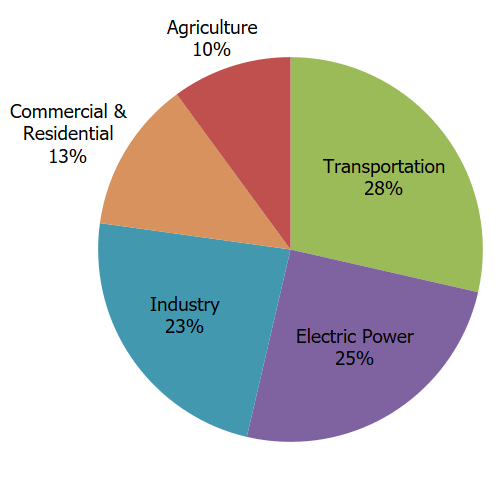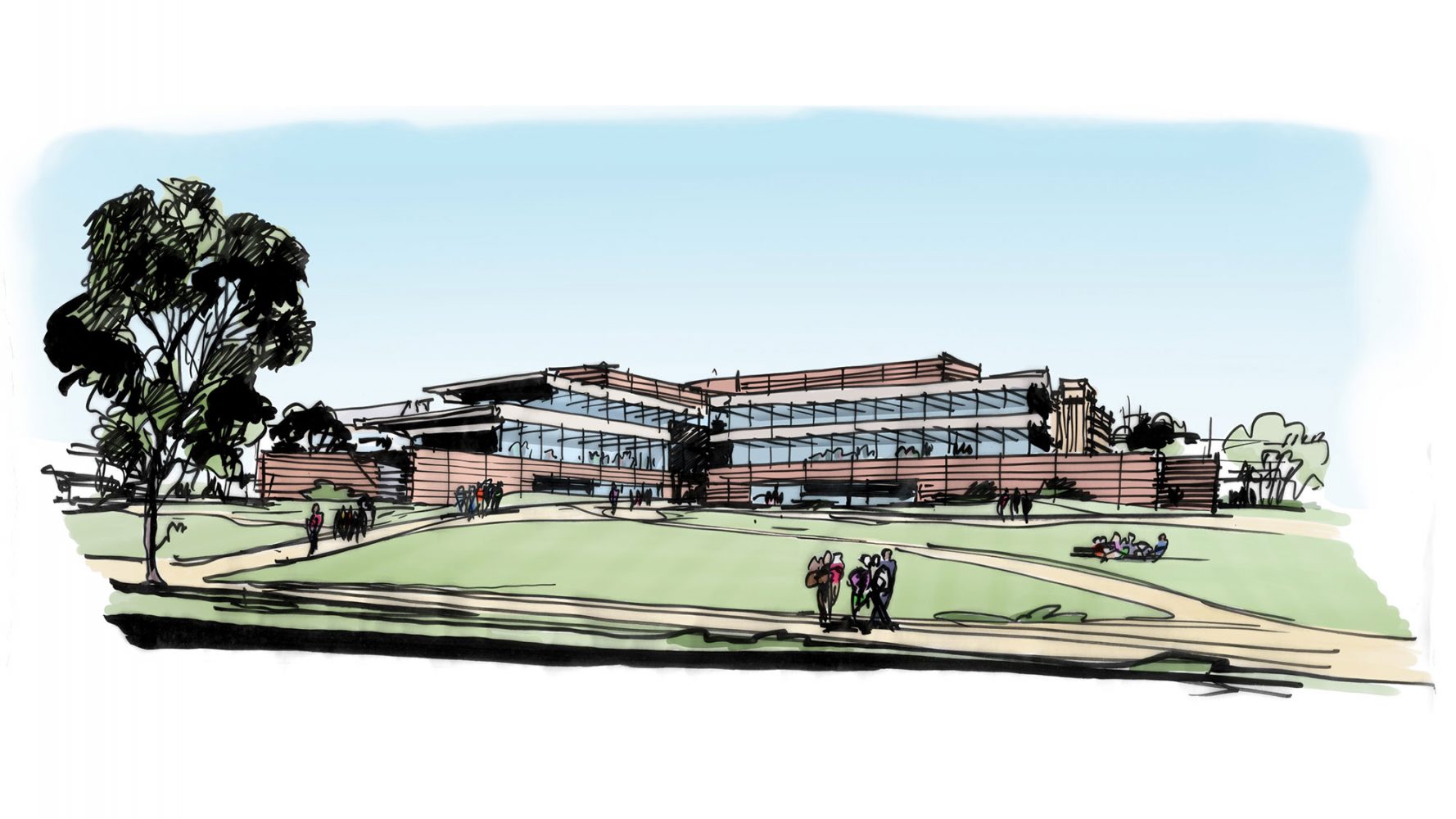Have you ever walked past the Millennium Building? I am sure many of you do. The L-shaped building houses the departments in two perpendicular wings, with Life Sciences in the western wing and Materials Sciences in the northern wing. At first, I thought it was only a normal science building for Millennium scholars. But do you know this is the only building at Penn State that is certified with a LEED at Platinum Level?
What is LEED? LEED or Leadership in Energy and Environmental Design is the world’s most widely used green building rating system. What is a green building? It is the practice of creating structures and using processes that are environmentally responsible and resource-efficient. In short, is to decarbonize.
The main source of carbon dioxide (CO2) in the US is from burning fossil fuels. Research has shown the source of greenhouse gas emissions is mainly due to transportation, electricity, industry, commercial and residential, and agriculture.

Many of the transportation such as fueling cars, buses, and other vehicles are 94% petroleum-based, which includes primarily gasoline and diesel. Electricity is the second largest sector of greenhouse emissions, 60% of it is based on burning fossil fuels, mostly coal and natural gas. Many industries such as factories rely heavily on fossil fuels for energy because they are cheap and fast to use. As well as for certain chemical reactions necessary to produce goods from raw materials. Industry focus on building infrastructures and construction is responsible for 42% of annual global CO2 emissions.
Fortunately, LEED has many synergies between SDGs. Both of them strive to save water, increase energy efficiency, minimize carbon emissions (GHGs) significantly reduce harmful air pollutants, etc. To summarize LEED system goals as such:
- Reduce contribution to global climate change
- Enhance individual human health
- Protect and restore water resources
- Protect and enhance biodiversity and ecosystem services
- Promote sustainable and regenerative material cycles
- Enhance community quality of life
LEED version 4.1, specifically targets the problem of carbon emissions and provides guidelines on how to reduce carbon emissions in building construction while providing a sustainable building space for the community.

To achieve the LEED certification, buildings need to earn credits that address carbon, energy, water, waste, transportation, materials, health, and indoor environmental quality. The LEED certification also broke down into 4 levels (in descending order) with each of them requiring specific points:
- Platinum (highest-honored certification)
- Gold
- Silver
- Certified (lowest certification)
Penn State has also become a big player in the sustainability factor of the business. The Millennium Building designed by architect Rafael Viñoly has won the LEED certification for several reasons:
- 150-foot cantilever, light well, and ornamental garden protect sensitive underground labs from vibration and acoustic interference
- Connected wings preserve departmental identity while encouraging interdisciplinary work
- Terraced elevations concentrate building mass away from the street and create opportunities for green roofs.

In simple terms, it is sustainable because the stepped elevations simultaneously concentrate the building mass away from the streetscape and pedestrian areas to create the opportunity for large green roofs that reduce the heat-island effect and filter pollutants and carbon dioxide from the air surrounding.
Side note: On LEED website, the Millennium Building is only certified as Gold but on Penn State Sustainability website, it is presented as Platinum.
There are many more green buildings at Penn State and most of them, you can name them. Go check them out if interested.


How interesting! I never knew why that building was such a unique shape. I wonder why only few of Penn State’s buildings are LEED. It may be because it’s more expensive to have a building that is more sustainable in this way. It should be considered how this kind of innovation can be made more accessible so more companies can follow LEED.